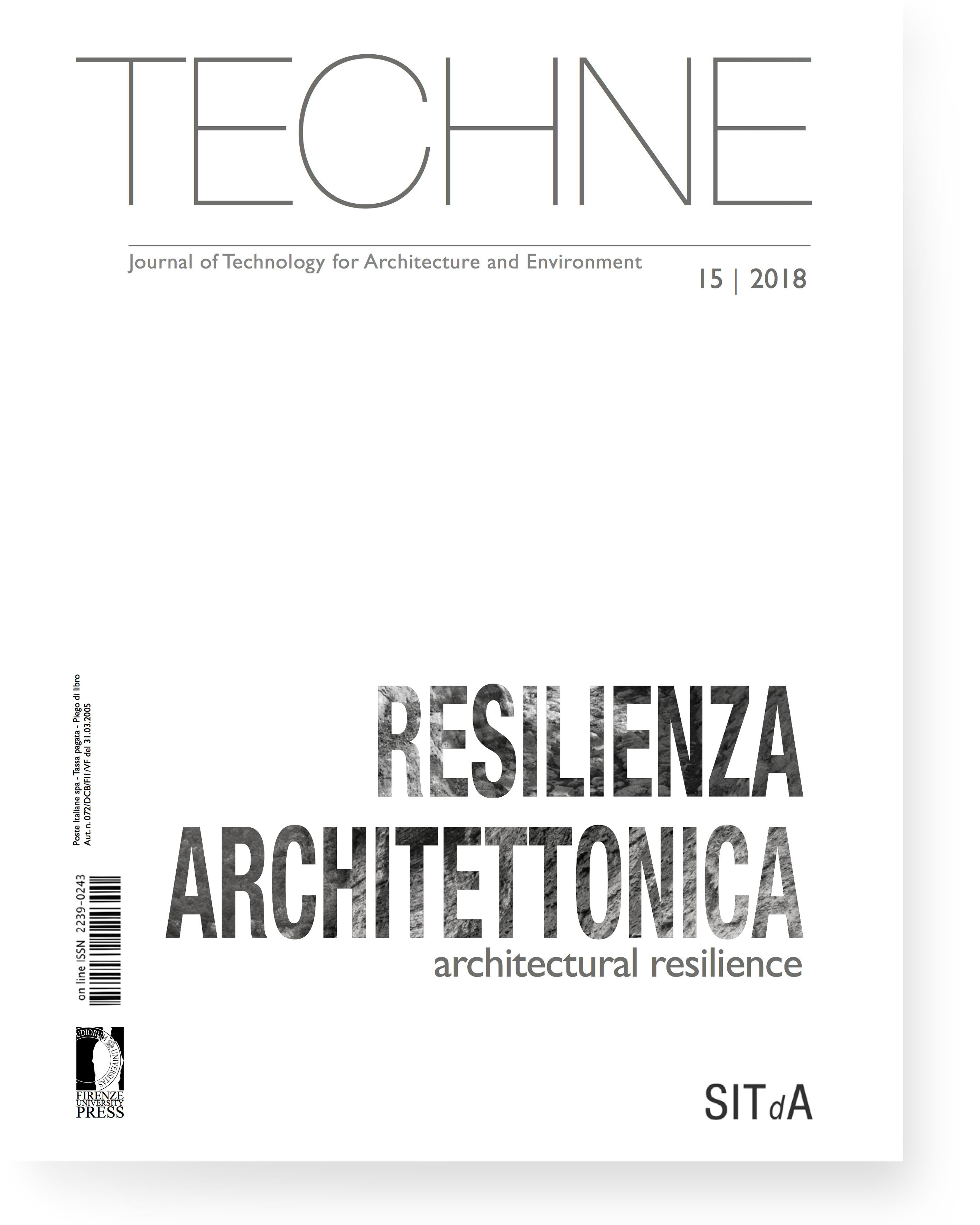Published 2018-03-02
Keywords
- built environment,
- resilience,
- life cycle,
- exoskeleton
How to Cite
Abstract
The concept of resilience can be applied to postwar buildings, which are increasingly exposed to seismic events. Today this threat can be dealt with through preventive practices, based on the use of adaptive exoskeletons: prosthetic systems that identify a field of experimentation marked by an undoubted social, environmental and economic value. This technique is based on a design that simultaneously allows seismic upgrade, energy retrofit, plant-engineering adjustment and the remodelage of those structurally, aesthetically and functionally obsolete and highly vulnerable residential buildings, on which resilience can activate targeted policies aimed at the preservation of human life, environmental sustainability and the rational use of the scarce economic resources available.






